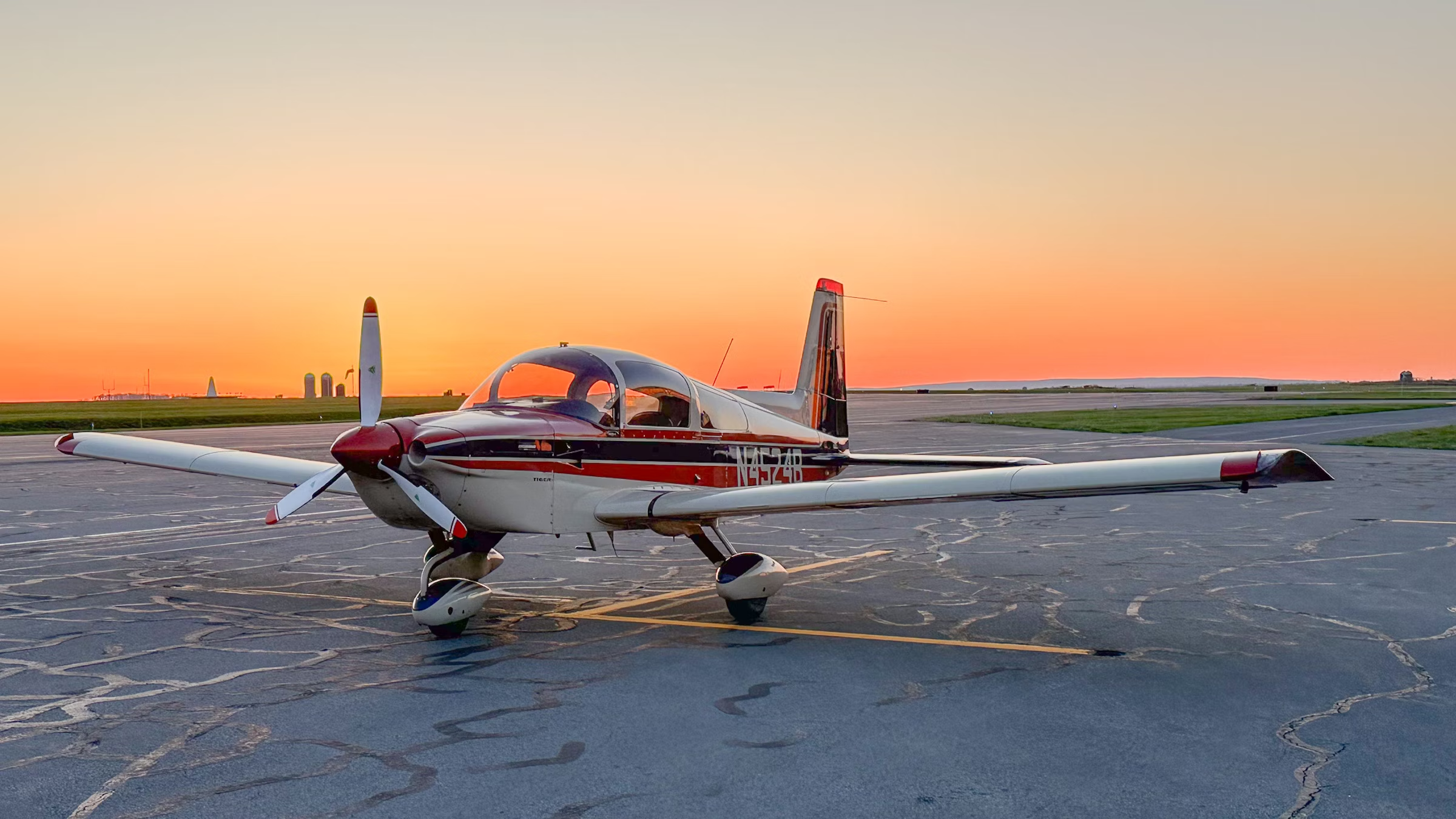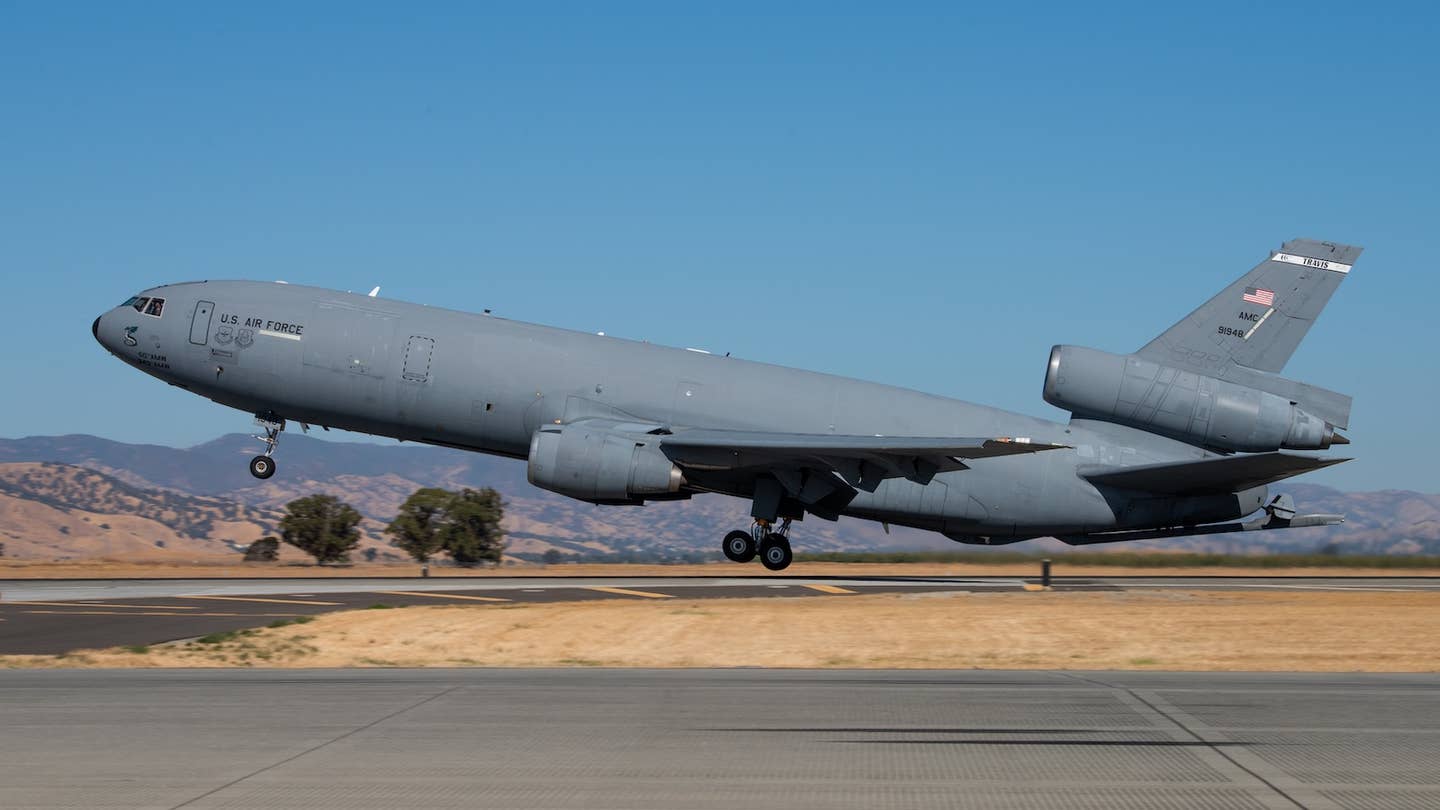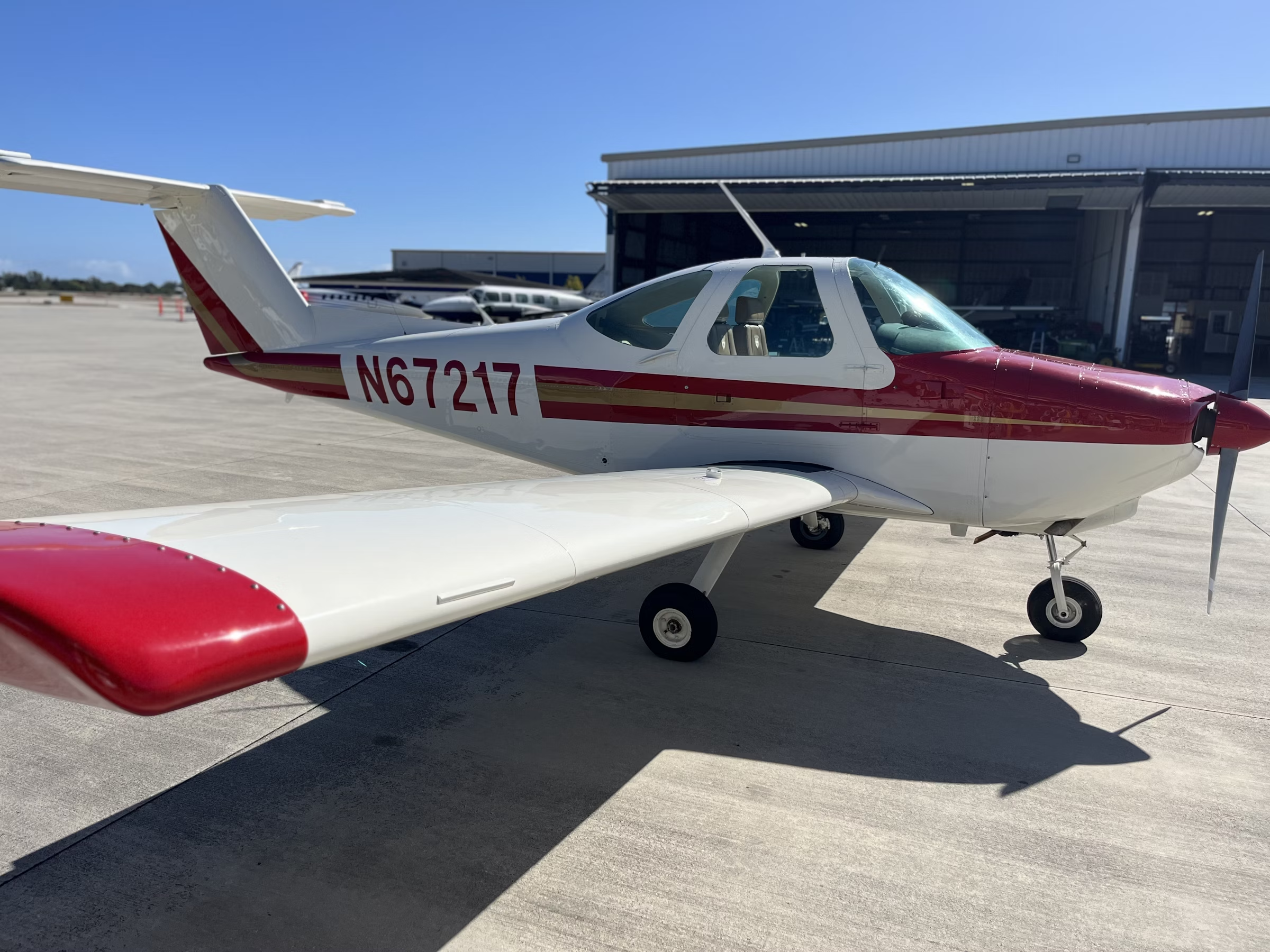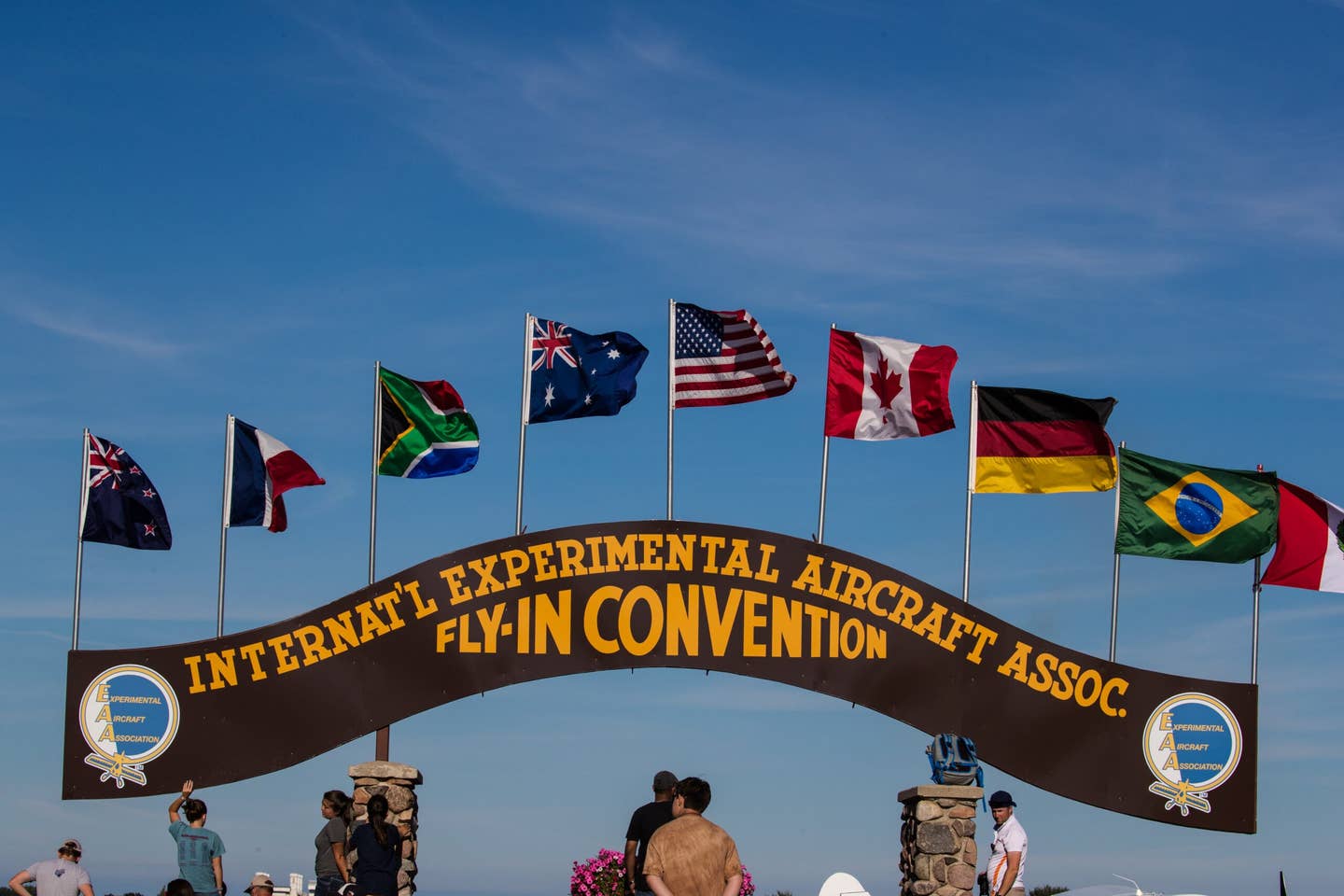Ultimate Issue: The State of U.S. General Aviation
Looking back then, today, and yet to come.
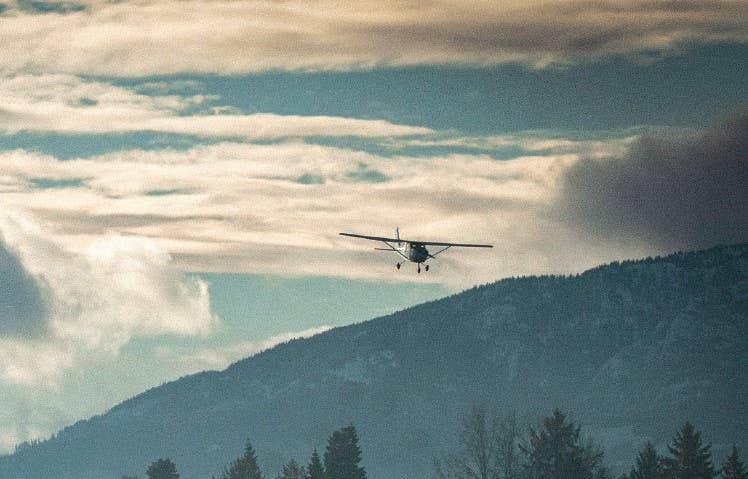
There are many reasons to be eternally optimistic about general aviation. [iStock]
It has been my privilege to observe and participate in the development of what we enjoy today as general aviation, starting in the late 1950s.
More than anything else, it was my subscription to FLYING Magazine, beginning with the January 1955 issue, that created a thirst for additional knowledge and achievement. I was not alone. A lot of builders and dreamers were entering the private aviation industry in that era, helping transform it from a time of tube-and-rag taildraggers to sleek transportation aircraft.
In the mid-20th century, America was uniquely positioned for the creation of a modern noncommercial aviation system. There was a need for airplanes that could transport families and business people across the vast distances of North America, we had an airport of some sort in nearly every community, and our personal freedom and finances encouraged the utility of light aircraft. The inefficient war-surplus airplanes and vintage taildraggers leftover from the 1940s no longer sufficed. We were ready for easier-to-fly, purpose-built airplanes.
And experienced, visionary heads of aircraft companies were ready to provide them. As with the automotive industry, we had the Big Three—Beechcraft, Cessna, and Piper—plus eager-to-compete smaller companies like Aero Commander, Bellanca, Champion, Maule, and Mooney. As the 1960s arrived, new models and improved veteran designs showed up in the marketplace. Likewise, a new term, avionics, was coined, referring to a fresh crop of highly capable radios for our instrument panels, thanks to transistors and compact power supplies that shrank space requirements.
Powerplants also underwent development. Fuel injection and lightweight turbochargers were added to piston engines, small turbojets encouraged the concept of business jets, and new medium-horsepower turboprops filled the gap between 300 hp opposed recips and burly radials. By 1970, GA shoppers were able to buy anything from aerobatic two-seaters to pressurized, cabin-class twins. Available business aircraft ranged from turboprop executive airplanes to fanjet-powered corporate barges. Airports and airspace routings had been improved to accommodate GA’s growth. This laissez-faire ’60s atmosphere kept the industry's engineering departments working overtime.
The declared goal during the frenetic ’60s and ’70s was to create “gap fillers.” Every company wanted to provide an airplane to suit every need and keep customers loyal to its brand. Piper had a fleet of Cherokee derivatives, from the 2+2 Cherokee 140, the everyday 180 and beefy 235, and the stretched Cherokee Six, leading to retractable Arrows and Lances, and even twin-engine Senecas and Seminoles. Piper's earlier high-performance Comanche line was retained through 1972 in single and twin versions, with normal and turbocharged engines. And the company also offered heavier twins in various piston-engine Navajo and turboprop Cheyenne models, all while still building the venerable Aztec twin—not to mention the agricultural Pawnee airplanes and an occasional Super Cub.
Beech Aircraft also tried to fill every gap in the market with a Beechcraft. It expanded its line downward from the three Bonanza models with a lighter Musketeer series, offered in trainer, cruiser, and retractable variants, and it even fielded a light-twin Duchess, all the while offering Baron twins in as many as five styles, plus the sexy Duke and cabin-class Queen Airs. Meanwhile, Beech’s King Air turboprop line grew longer and more capable, even leading into commuter-airliner variations. To round out its offerings, Beech acquired upscale business jets from Hawker and Mitsubishi.
Cessna, meanwhile, outdid everyone, developing model after model to plug any sales leak in its line. At one time in the ’70s, I counted 22 singles and 13 twins among its offerings, in addition to the burgeoning Citation business jet lineup. Whatever you needed, from two-place trainer to pressurized single, from push-pull “safe twin” to back-door executive twin, agricultural airplanes and bushplanes, Cessna had them all. There seemed to be no end to the swelling Cessna tide, which amounted to 50 percent of the industry’s unit output during the boom times.
At the same time, little Mooney expanded its basic M20 retractable into longer and more powerful models, Rockwell developed single-engine and ag planes to supplement its piston and turboprop twin-engine line, Bellanca/Champion offered a half-dozen two-seat tailwheel airplanes to compliment its Viking retractables, Grumman was making two- and four-seat airplanes plus a twin-engine model, and Maule tweaked and stretched every possible variation from its tailwheel utility aircraft.
Present Day Flying
Today, we are still enjoying the fruits of these developments in the 1960s, ’70s, and ’80s.
Refurbished examples of the golden age general aviation airplanes sell for many multiples of their original sticker price, while the limited-production, new single-engine airplanes are astronomically unaffordable. The promised introduction of “light sport” airplanes that would provide economical new aircraft hasn’t worked out. They are priced at about twice the expected figure and often don’t have sufficient payload to accommodate two adults plus full fuel.
A serious implosion in light airplane production took place during the mid-’80s, closing many production lines and shrinking the supply of available models. This was due to an oversupply of airplanes during economic malaise, coupled with the growth of rapacious product liability lawsuits and concurrent manufacturer insurance costs. Most of GA’s growth shifted into big-ticket aircraft such as turbine-powered business airplanes, utility and owner-flown, single-engine turboprops, and fast-glass, piston-engine singles.
As the new millennium arrived, Cirrus Design brought not only a new sleek composite-construction personal airplane but a fresh approach to marketing it. With its integral emergency parachute, side-stick control, video-screen, GPS-based avionics and automotive interior styling, the Cirrus SR series appealed to a new generation of entrants to GA. The company quickly filled a void abandoned by the traditional airplane companies that had been acquired by corporate conglomerates that were more interested in selling big-ticket business aircraft than entry-level models.
The real revolution now stems from the utility gained by effortless navigation provided by GPS data flowing into advanced computing capability, so that panel-mounted displays can not only show current position but flight plan routing, all linked to advanced autopilot technology taking care of most cross-country piloting chores. With uplinked, in-cockpit weather integrated into tablet-based “electronic flight bags” or the avionics suite, there's no longer any excuse for pressing on into unflyable conditions lurking over the horizon.
Retrofitting this advanced technology into legacy aircraft is simply a matter of allocating enough money to make the airplane useful. The ADS-B mandate of 2020 has given more flexibility to ATC handling of any size of aircraft—at the cost of privacy and freedom. Yes, we deal with a multitude of airspace rules and restrictions, but we had to negotiate many of those same encroachments in the late 20th century, and with less computing power in the cockpit back then to help us avoid them.
Airport infrastructure has shifted away from providing accommodations for all comers to building for the biggest user, leaving light general aviation to occupy the corners of the ramp or a remote edge of the airport. Stand-alone, family-operated FBOs have been replaced by chains of opulent palaces catering to the jet set. We can expect to pay for what used to be free services, because our minuscule fuel business is no longer important enough to be willingly subsidized by the big iron customers.
Expectations are greater in the 21st century—in all aspects of life, not just GA. New entrants to flying expect seamless air conditioning, push-button actuations, plush accommodations, and high levels of service, compared with their more-tolerant parents and grandparents. If passengers can’t have Wi-Fi on board, they don’t want to ride with us. Privileges have their price, reflected in million-dollar sticker prices on new limited-production piston singles and multiple millions for personal turboprops.
At least we still have options, even though we may have more money tied up in our instrument panel than a first-class traveling airplane cost back in the late 1900s. We've lost many airports to housing and industrial developments, but many remain, still giving access to communities via general aviation, providing transportation and utility possible in no other way.
Flying’s Future
The future, from my jaded perspective, will be different, perhaps not to the tastes of my generation but still suitable and rewarding to those who’ll be doing most of the GA flying.
Accommodations might have to be made for the hyper-promoted electric urban air mobility (UAM) vehicles, manned and unmanned, in various stages of development for a market that may or may not exist. If airspace, bases, and routes have to be carved out for these anticipated thousands of mass-transit conveyances, we may see some disruption of traditional air traffic.
The big unknown is the impact of governmental and public policy interference on a limited-participation activity like general aviation. Regardless of the facts, the loudest voices get the most attention at law-making levels, and well-meaning but shortsighted regulation can wind up stifling the freedom of flight enjoyed by private citizens. We must continue to support our GA membership organizations, and these associations must link arms with other interests, such as business aviation, helicopter operators, agricultural aviation, flight training, avionics shops, and FBOs, to ward off possible restrictions and bad laws stemming from class-envy and special-interest rhetoric targeting the industry.
I remain eternally optimistic about aviation, because I’ve always observed humankind’s innate desire to fly. From the days of the earliest prehistoric human watching soaring birds, there’s always been something urging us to look skyward, yearning to share the perspective of height. People will always want to fly, and once having tasted the freedom of personal wings, it is difficult to give it up. It behooves us to share flight with as many of our friends and acquaintances as possible, building a coalition to preserve what we’ve been given.
A love of flying, like all passions, has to be given away if it is to be continuously circulated back to the conferrer.
This feature first appeared in the Summer 2024 Ultimate Issue print edition.

Sign-up for newsletters & special offers!
Get the latest FLYING stories & special offers delivered directly to your inbox

